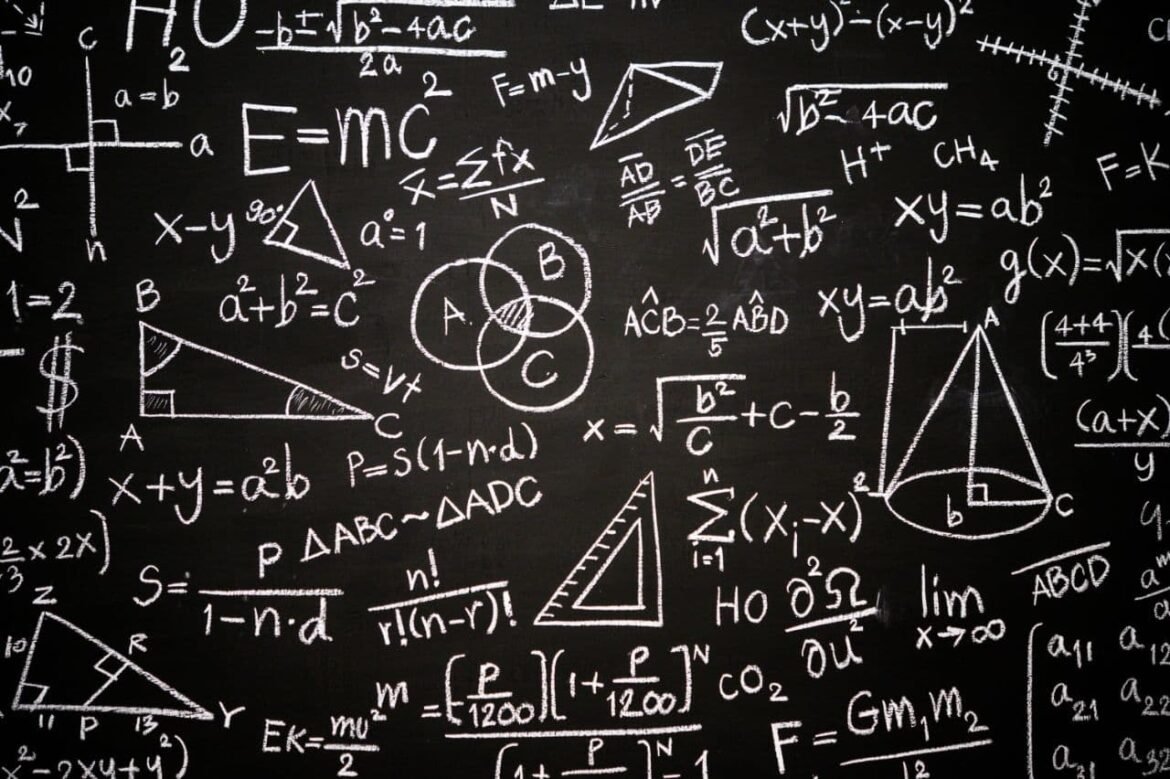What is energy
Basically energy is the fundamental requirement of living for every species on the earth. In Physics , we describe energy as ‘ The ability to do work ‘ or the work that shows displacement of the object when some external force has been implemented on it. In quantitative form we can also define energy as “The work has done by object when one newton force is applied by covering the distance of one meter because we know that work = force * displacement. But energy has so many types about that we will discuss further . In general form a particular matter has its own energy and when a matter or object works , it invests its energy on the work . So energy is the fundamental requirement for living.
Now let’s understand the types and unit of energy .
What is the unit of energy
The SI unit of energy is ‘Joule’ which is similar to the unit of work because we know that work is also a form of energy. The unit ‘Joule’ is named after the scientist James Prescott Joule. Energy can be also expressed in other units such as calories, kilocalories, erges, kilowatt-hours etc.
Law of conservation of energy
We know that energy has many different forms and that is all in our environment and we all surrounding with that. The law of energy says ” The energy can neither be created nor be destroyed , it can only be converted from one form to another and total energy is conserved” or “the total energy in a system is conserved even the energy transformation occurs“. And this law is the basic law in physics.
Forms/ types of energy
There are many forms of energy like electrical energy , thermal energy, heat energy, biomass energy, solar energy, kinetic energy , wave energy etc. Although there are many forms of energy , we divide the energy broadly in two forms.
- kinetic energy
- potential energy
Kinetic energy
The energy associated with the object when object is moving is called kinetic energy. In Kinetic energy object has some displacement because of the object’s motion. Every moving object has kinetic energy . A moving ball , the pendulum of a watch etc.
In physics the kinetic energy is represented by E. The formula of kinetic energy can be defined as
E =1/2 mv^2
where m = mass of the object
v = velocity
When the atoms in a molecule are moving the kinetic energy of the atoms is also called thermal energy. When they transfer their thermal energy to other molecules then it is called heat.
Different types of kinetic energy
1. Thermal energy:
The energy helps to increase the temperature. The energy of the moving atoms in a matter or the energy of the moving particle of Pizza when you put it into the oven . The moving particle has a thermal energy and they makes it warm.
The another example of thermal energy is the volcanic action on the earth.
2. Electrical energy:
The flow of negative charges or electrons in a circuit is called electrical energy. Well, we usually use this energy in our daily routine at home while switch on tv or any electrical circuit. We commonly referred it as a electrical energy.
3. Mechanical energy:
Mechanical energy is the energy associated with the mechanical movement of the object.
4. Radiant energy:
Energy in the form of waves and particles is called radiant energy . This is generated by electromagnetic waves . The radiant energy is similar to the thermal energy . This is also experienced in heat and warmth.

Potential energy
The energy which is already stored in any object is called potential energy. Potential energy can transform into kinetic energy. Object is stable and every stable object has a potential energy.
potential energy is determine by the formula-
potential energy = m * g * h
Where m = mass of the object
g = gravitational constant
h = height of the object

Different types of potential energy
1. Elastic potential energy:
The energy stored in elastic object when a force is applied to deform the object. When we release the object the potential energy decreases until the object springs back to its previous form.
We can take an example of spring.
2. Gravitational potential energy:
This energy can be described as store in an object when the object is vertically placed .
A book placed on the top of the bookshelf has the higher gravitational potential energy.
3. Electrical potential energy;
The energy which is required to move a charge against the electric field is called electrical potential energy.
Difference between kinetic energy and potential energy
kinetic energy potential energy
- Object always be in motion. 1. Energy present in the object due to the
properties of its state. - Determined factors for kinetic energy is mass and 2. Determined factors for potential
velocity of the object. energy is mass and height of the object. - Kinetic energy is transferable. This means it can 3. It is non transferable.
be transferred from one body to another
Total energy
Total energy of a system is always conserved and can be defined as the sum of kinetic energy and potential energy .
Total energy = Kinetic energy + potential energy

Read also: 99+ Essentials to Selling Online Courses
sprunki phase 28 Anytime, Anywhere!

